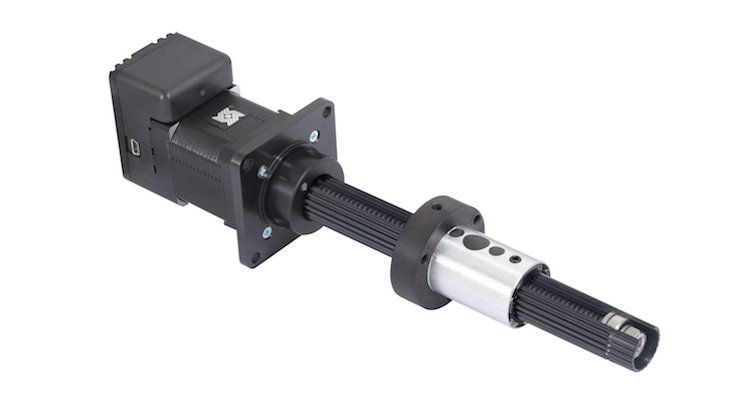
Introduction
In any mechanical project requiring linear motion, selecting the appropriate lead screw is crucial for success. Lead screws are integral components that translate rotational motion into linear motion. Choosing the right lead screw ensures smooth operation, reliability, and efficiency for your project.
Understanding Lead Screws
Lead screws are threaded rods or shafts that engage with a threaded nut to convert rotational motion into linear motion. They are commonly used in various applications, such as CNC machines, 3D printers, robotics, and industrial machinery. Lead screws come in different types, each designed for specific purposes.
Factors to Consider
Several factors need to be considered when selecting a lead screw for your project. Firstly, determine the load requirements, including both static and dynamic loads. Additionally, consider the required speed and precision of movement, as well as environmental conditions such as temperature and exposure to contaminants.
Materials and Coatings
Lead screws are typically made from materials such as stainless steel, brass, or aluminum. Various aspects, including cost, strength, and resistance to corrosion, influence the selection of a material. Furthermore, coatings such as Teflon or black oxide can enhance performance by reducing friction and wear.
Thread Profiles
Lead screws come in various thread profiles, including Acme, square, and trapezoidal threads. Each profile has its advantages and applications. For example, Acme threads are known for their strength and efficiency, making them suitable for high-load applications.
Accuracy and Tolerance
Precision is crucial in many applications, especially in industries like aerospace and medical devices. When selecting a lead screw, consider the required accuracy and tolerance levels to ensure smooth and reliable operation.
Nut Types
The choice of nut type is equally important when selecting a lead screw. Common nut types include standard, anti-backlash, and ball screw nuts. Ensure compatibility between the lead screw and nut to prevent issues such as binding or excessive play.
Budget Considerations
While quality should never be compromised, it’s essential to consider budget constraints when choosing a lead screw. Evaluate the cost-effectiveness of different options while ensuring they meet the project requirements.
Supplier Reputation
Selecting a reputable supplier is critical to ensuring the quality and reliability of the lead screw. Research suppliers carefully, considering factors such as product quality, customer reviews, and after-sales support.
Installation and Maintenance
Proper installation and maintenance are key to maximizing the lifespan of your lead screw. Follow manufacturer guidelines for installation procedures, and regularly inspect and lubricate the lead screw to prevent premature wear and failure.
Case Studies
Examining real-world examples of lead screw applications can provide valuable insights into their performance and capabilities. Case studies showcase how different industries utilize lead screws to achieve specific goals and overcome challenges.
Comparing Lead Screws to Other Linear Motion Systems
While lead screws are popular for many applications, it’s essential to consider alternative linear motion systems such as belts, chains, and linear guides. Compare the advantages and disadvantages of each system to determine the best fit for your project.
Customization Options
Many suppliers offer customization options for lead screws to meet specific project requirements. Whether it’s modifying thread profiles, materials, or coatings, customization can optimize performance and functionality.
Future Trends
As technology advances, so do lead screw designs and capabilities. Stay informed about emerging trends such as miniature lead screws, integrated motorized solutions, and advancements in materials and coatings.
Conclusion
Choosing the right lead screw is paramount for the success of any project requiring linear motion. By considering factors such as load requirements, materials, accuracy, and budget, you can select a lead screw that meets your project’s needs and ensures optimal performance.
FAQs
What are the common applications of lead screws?
- Lead screws are commonly used in CNC machines, 3D printers, robotics, medical devices, and various industrial machinery.
How do I determine the load requirements for my project?
- Calculate both static and dynamic loads based on the application’s weight, force, and movement requirements.
What is the difference between Acme and ball screws?
- Acme screws have trapezoidal threads and are known for their strength and efficiency, while ball screws use ball bearings to reduce friction and provide higher precision.
Are lead screws suitable for high-speed applications?
- Lead screws can be used in high-speed applications, but factors such as thread profile, lubrication, and nut type must be carefully considered to prevent issues like overheating and wear.
How often should lead screws be lubricated?
The frequency of lubrication depends on factors such as load, speed, and environmental conditions. Regular inspection and lubrication are recommended to maintain optimal performance and longevity.



